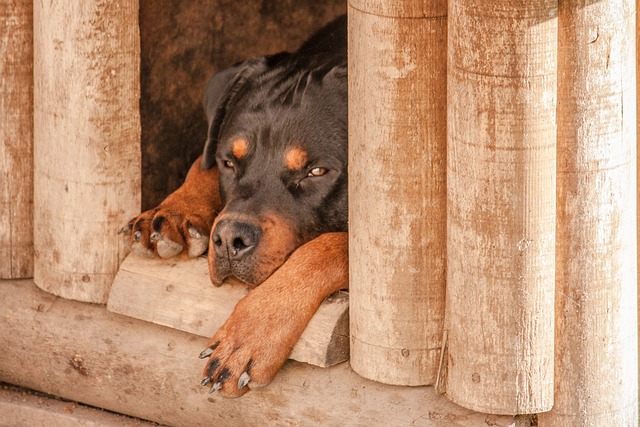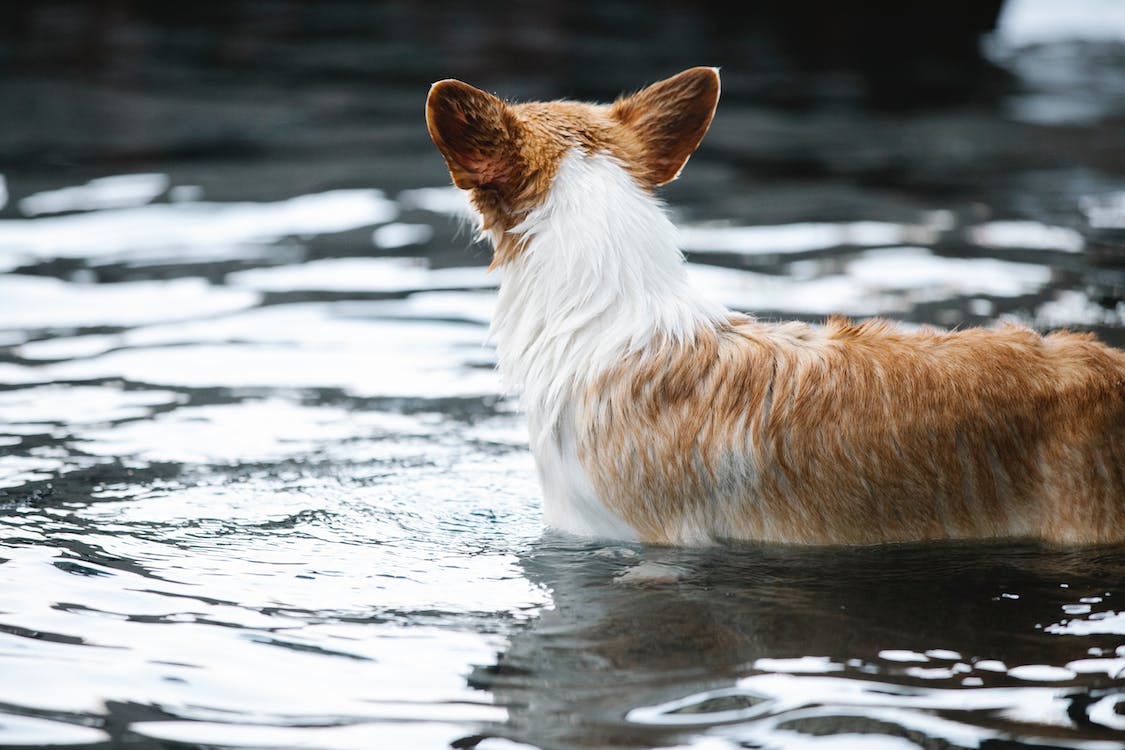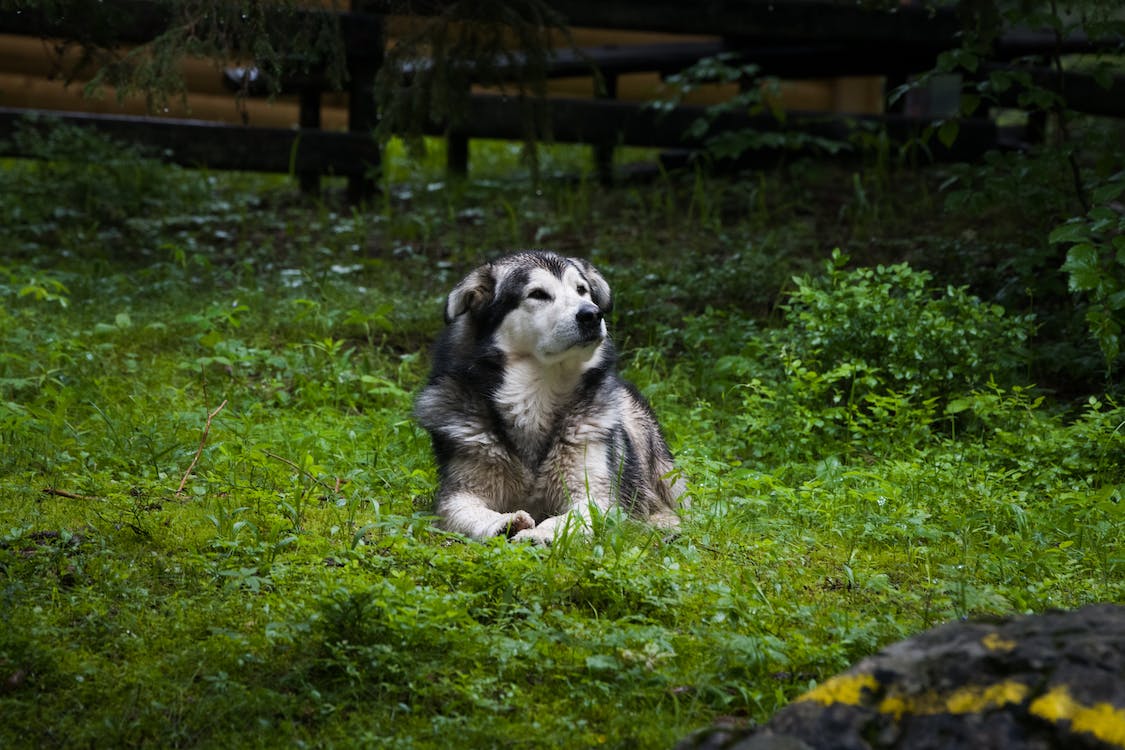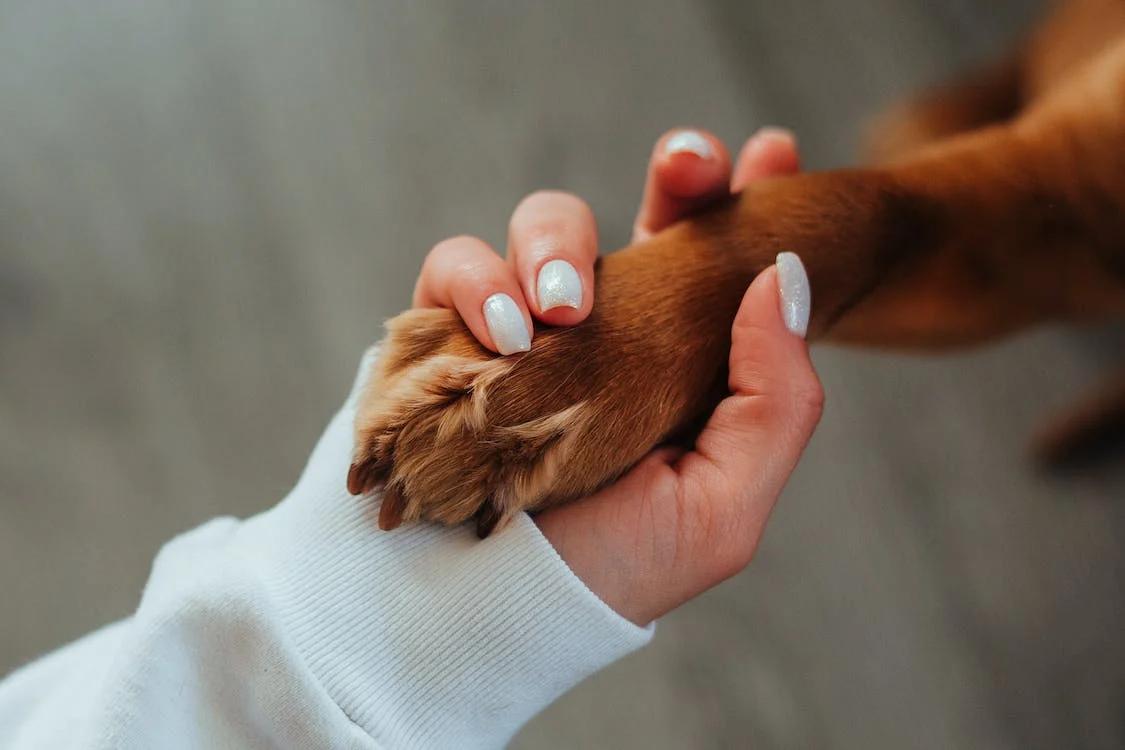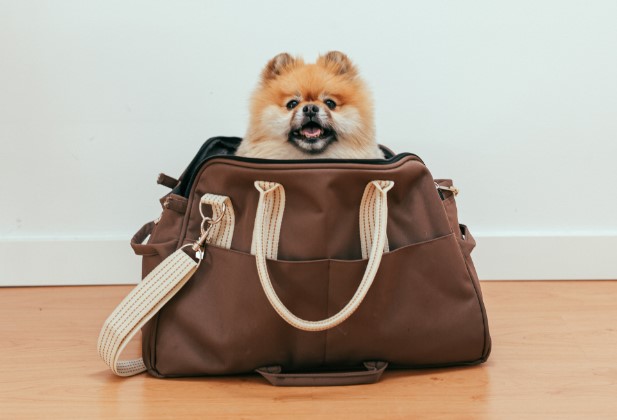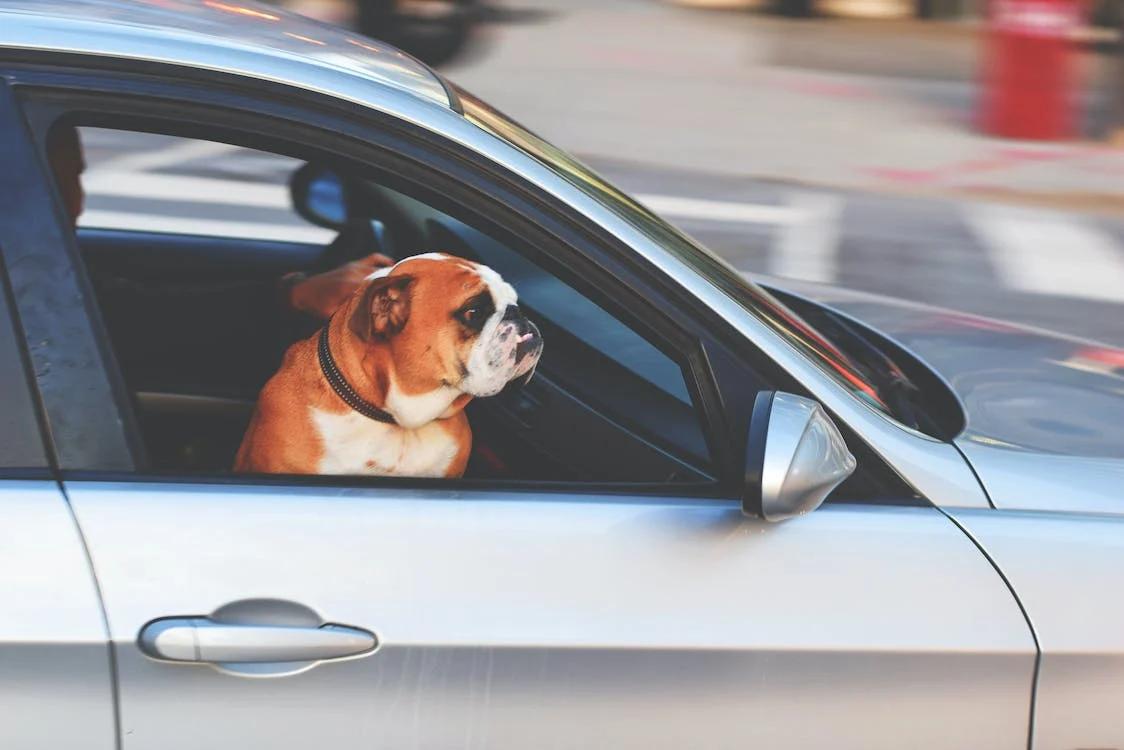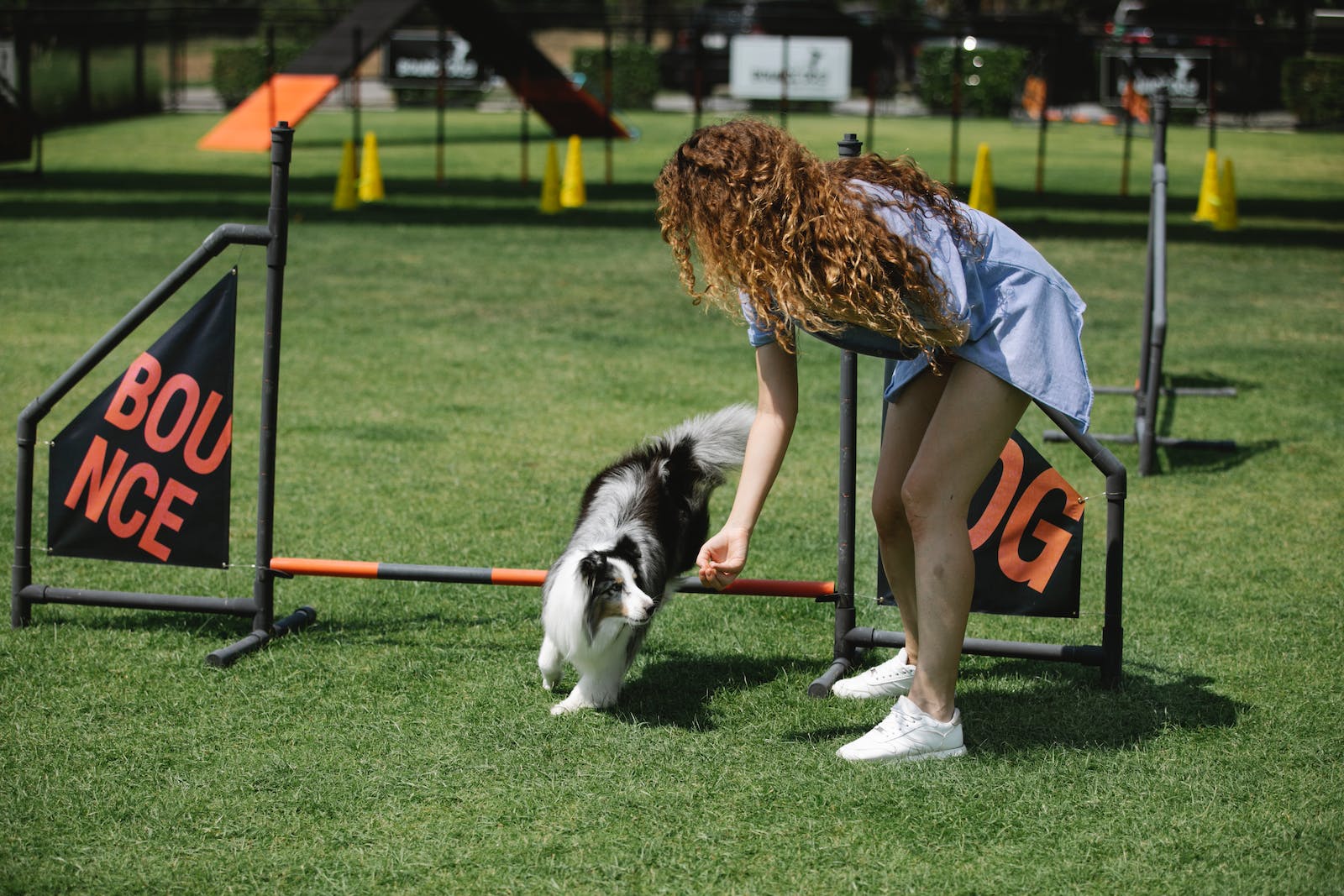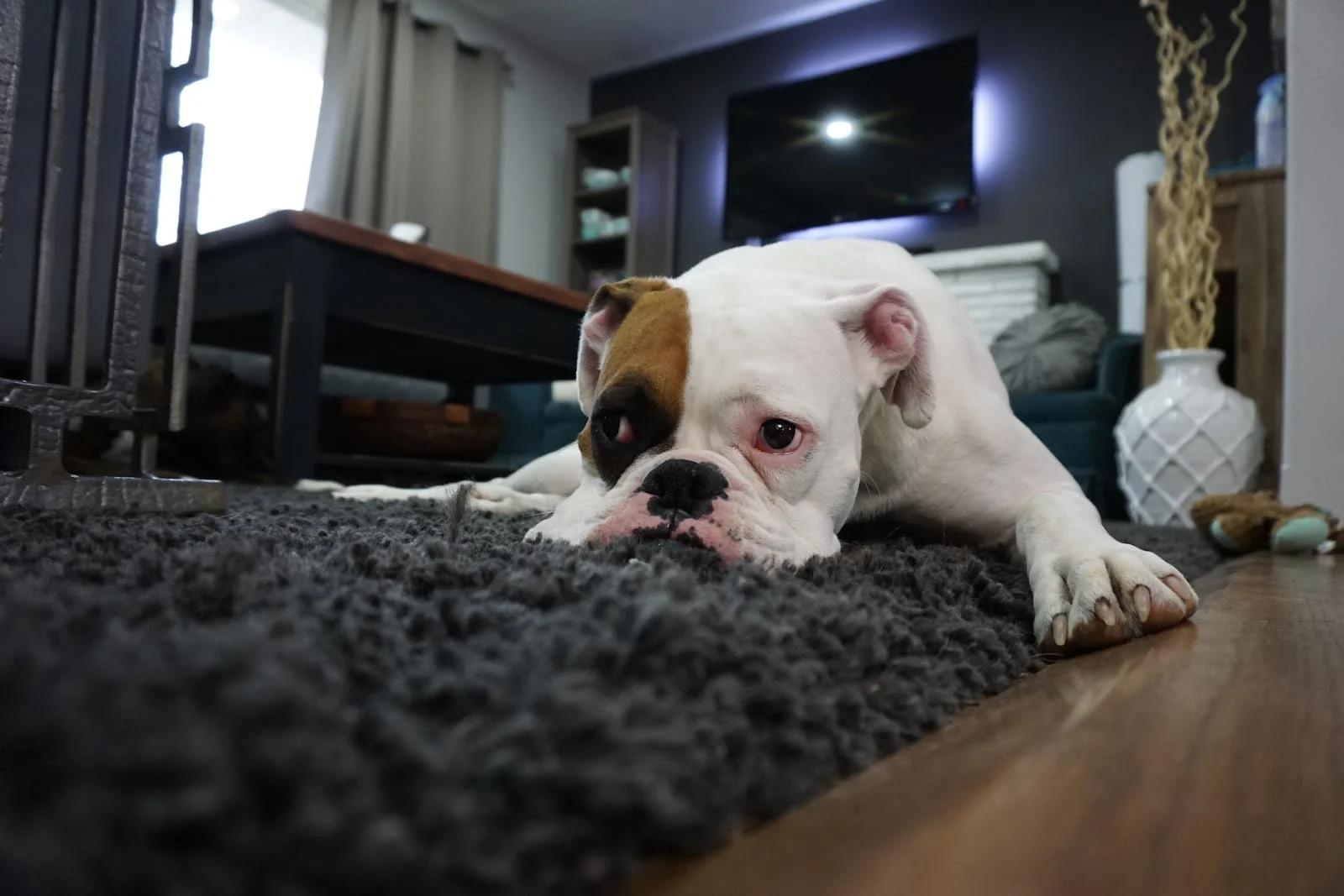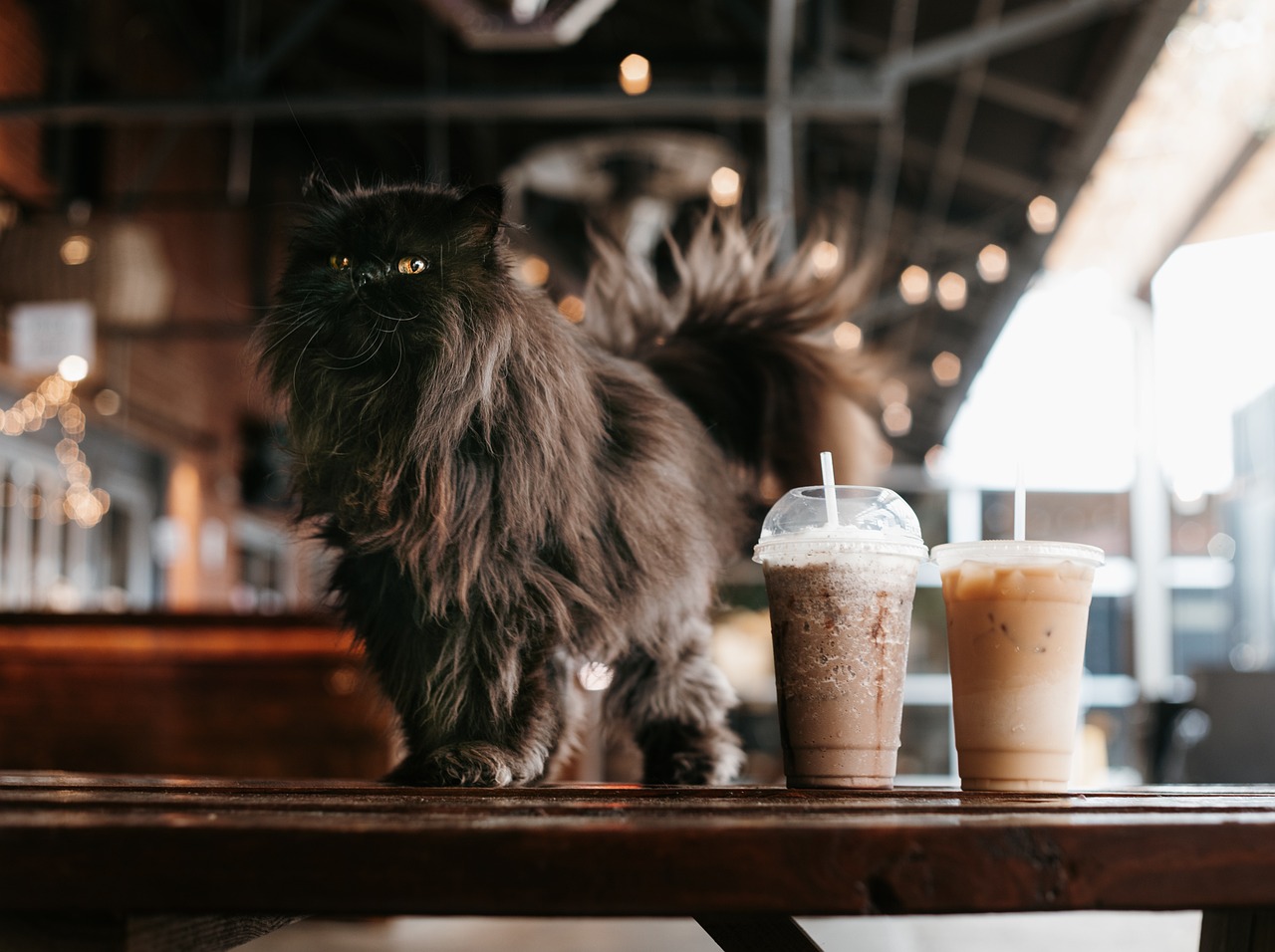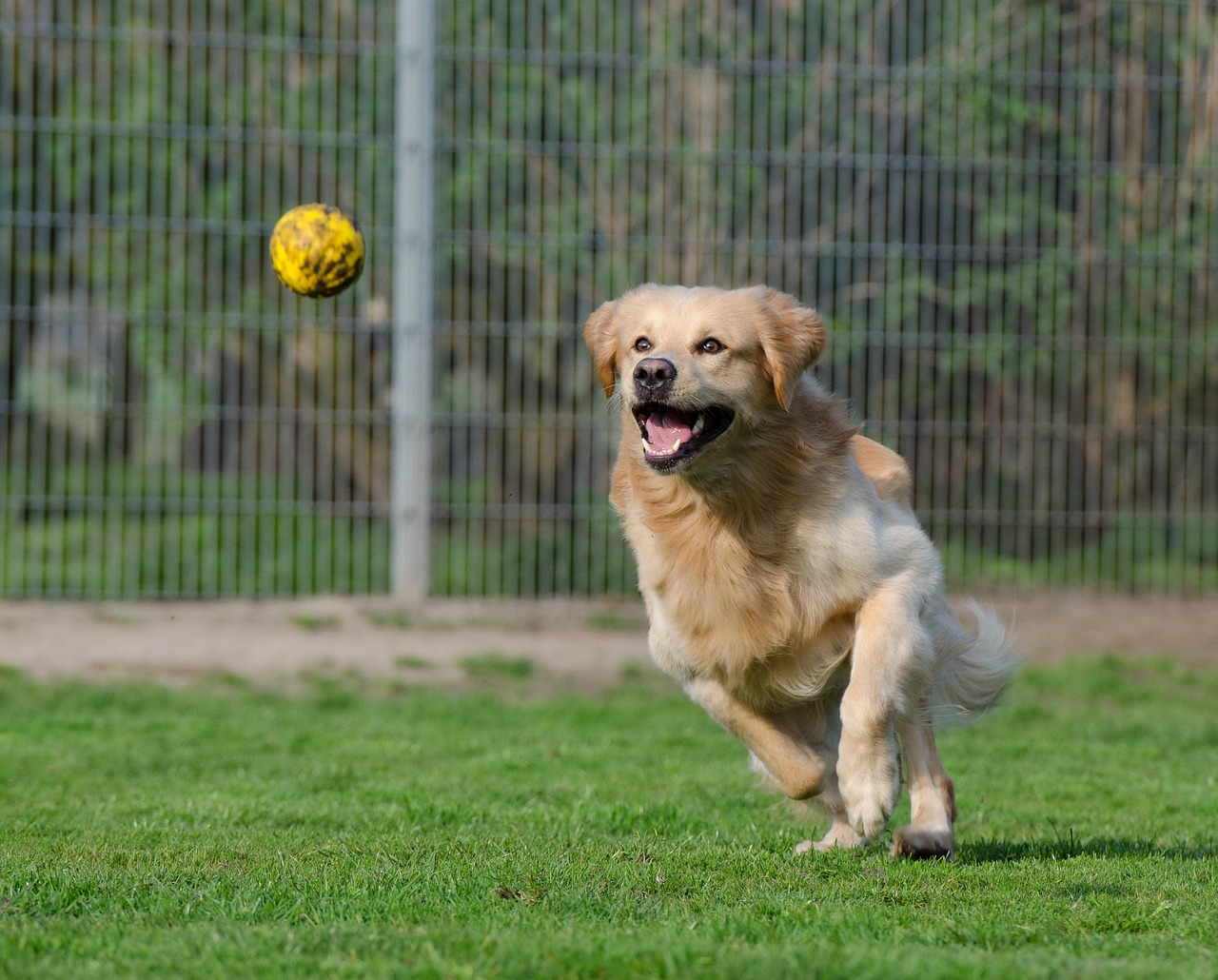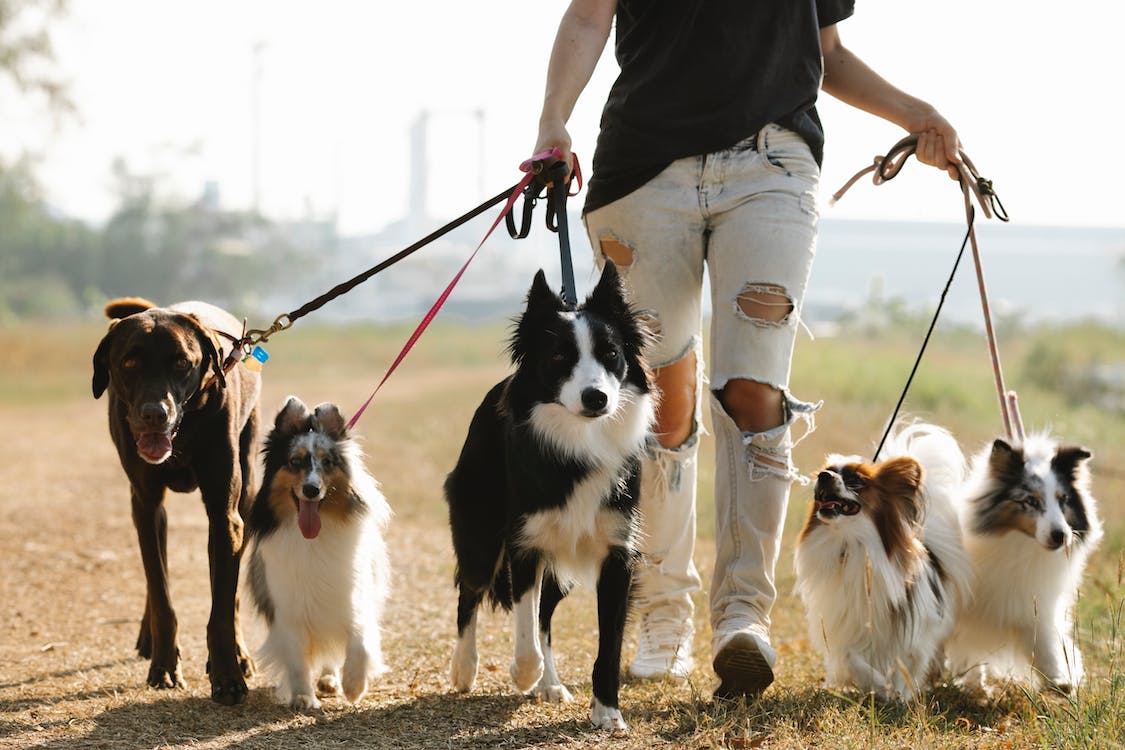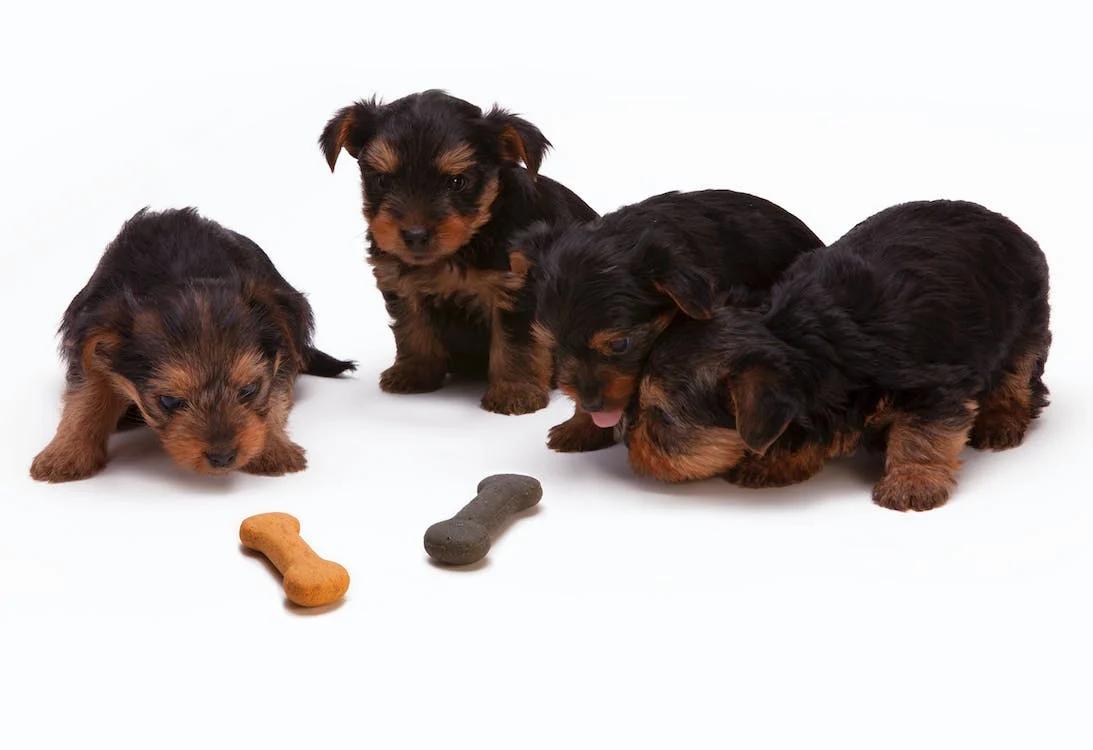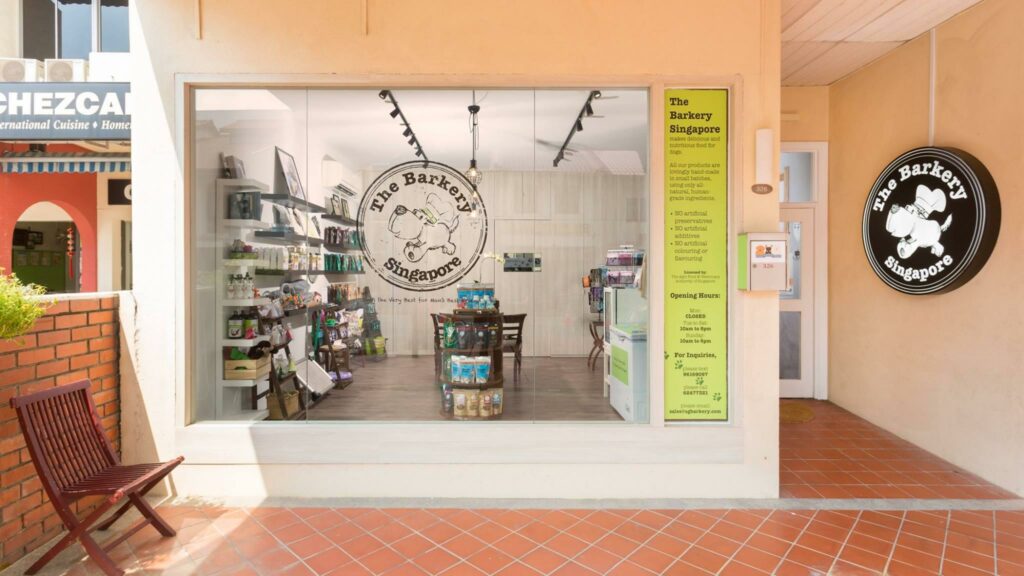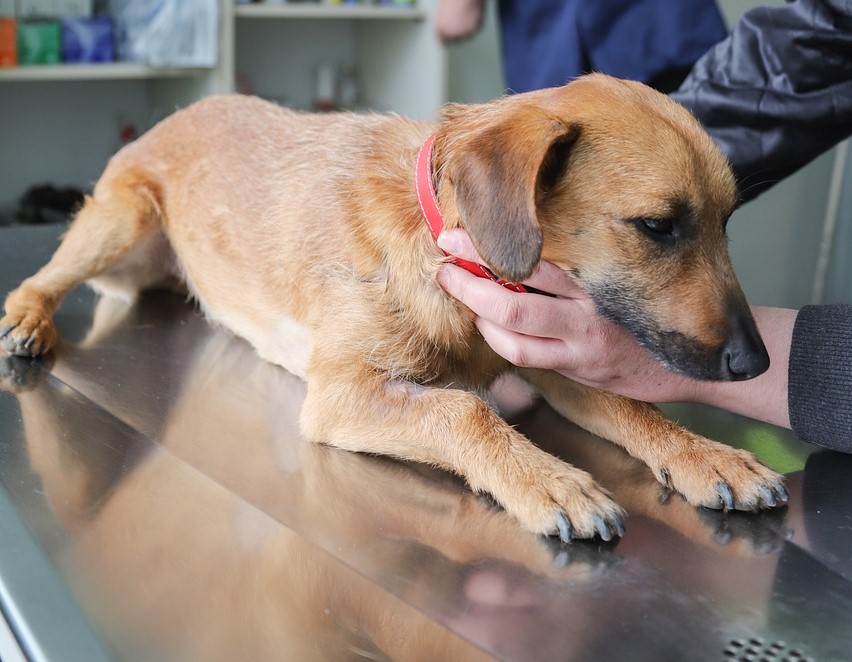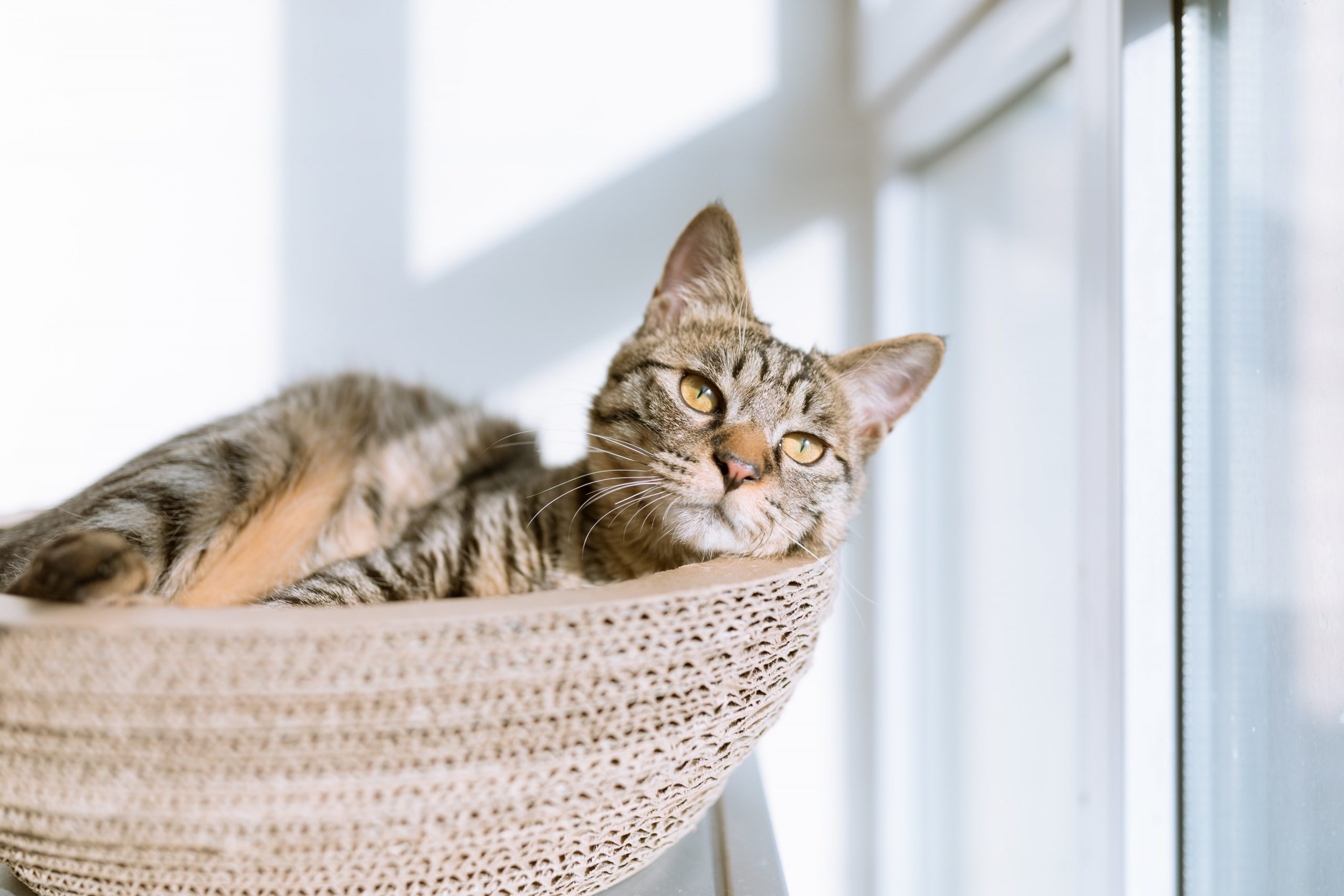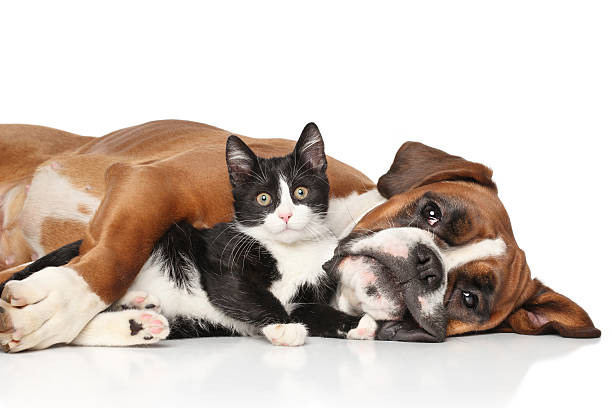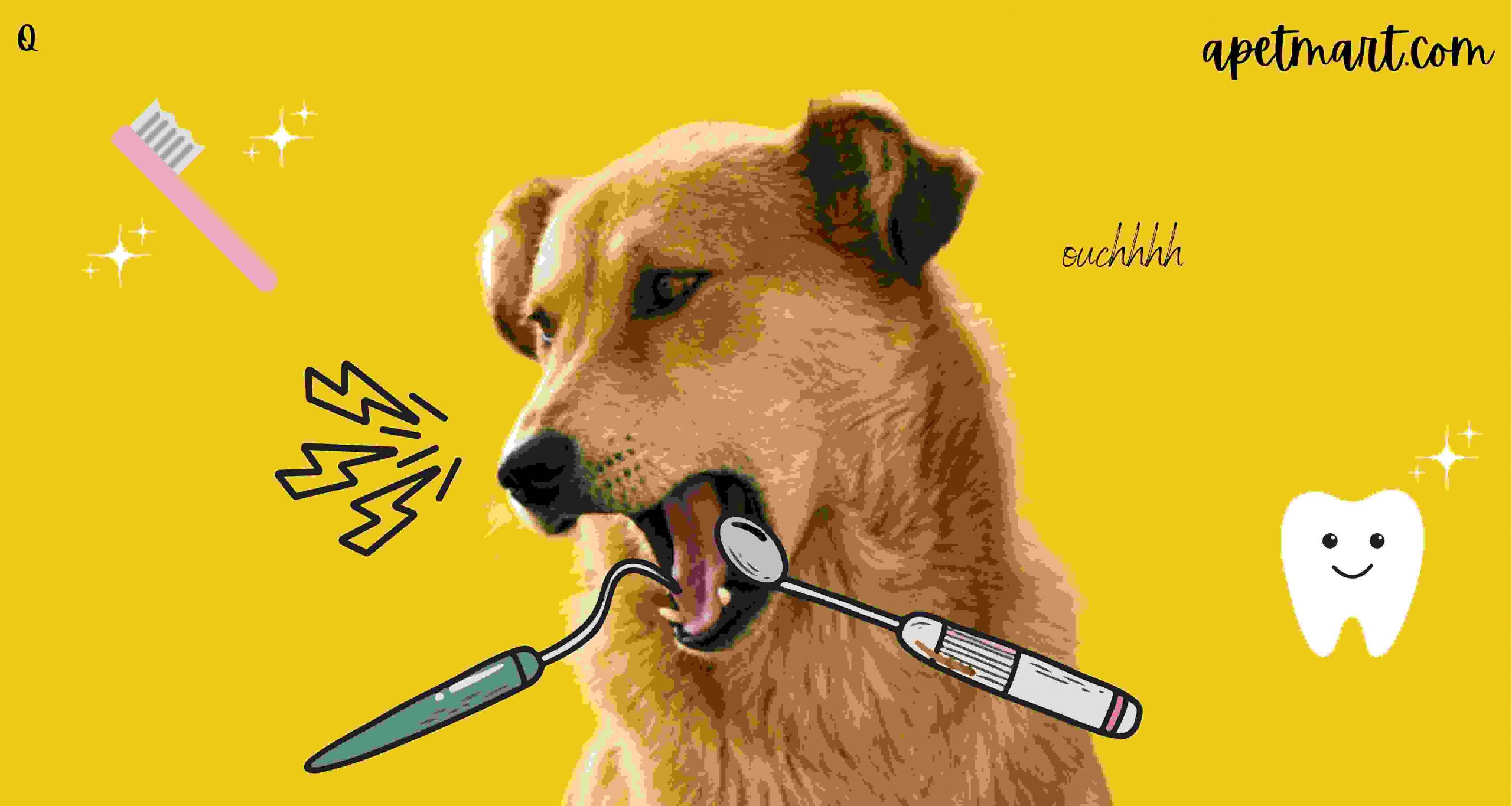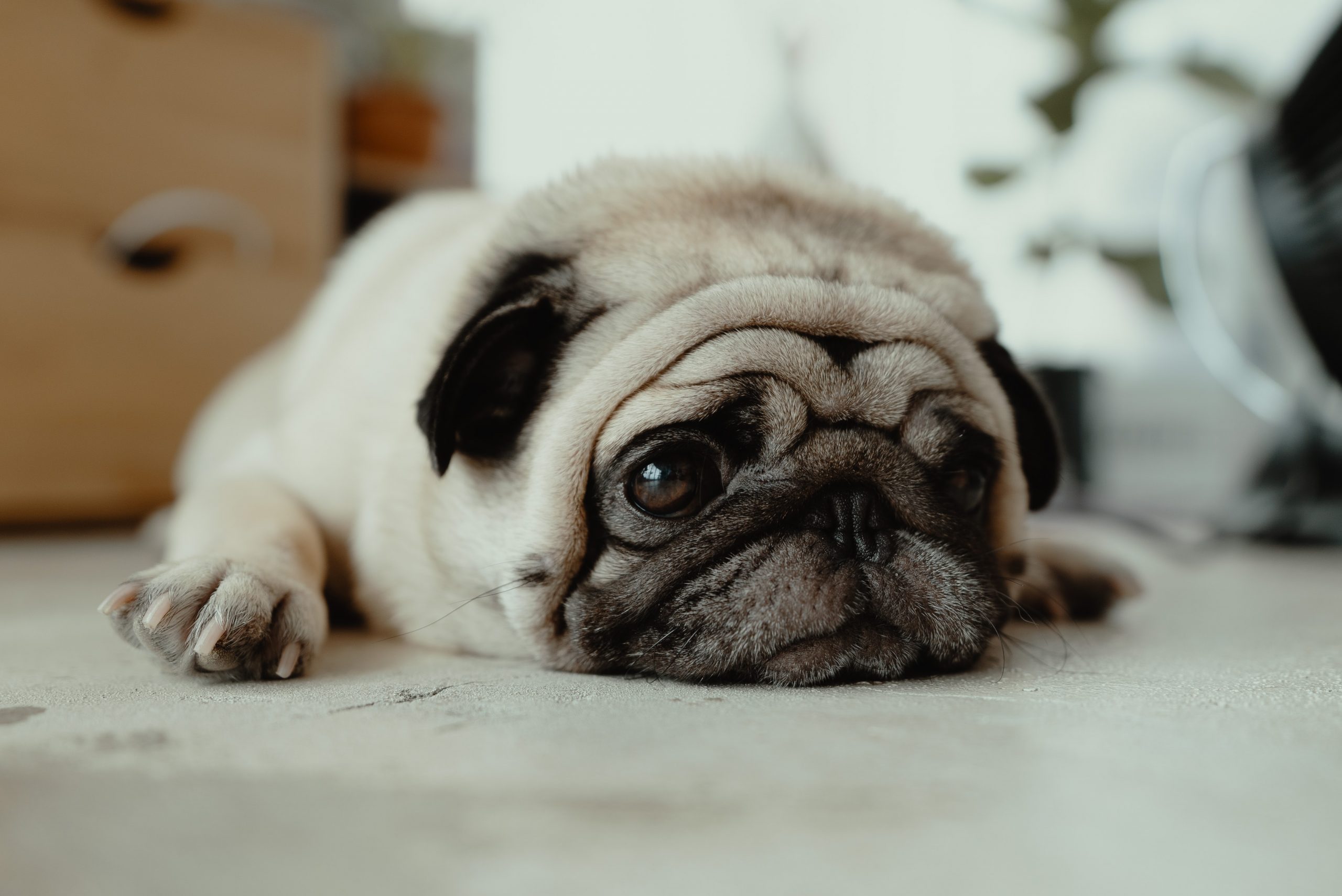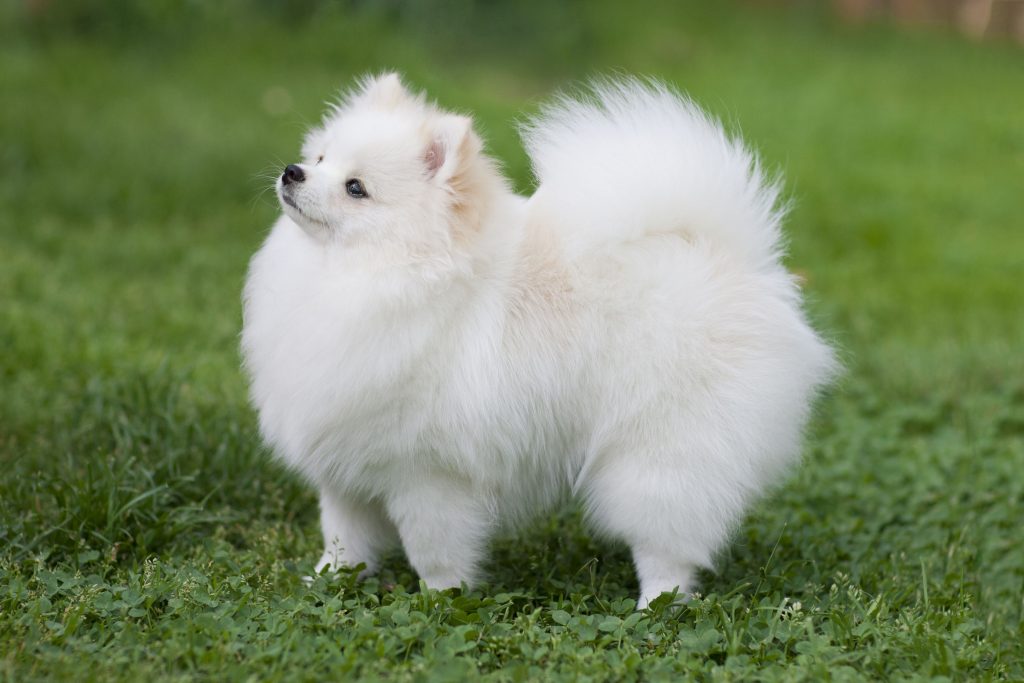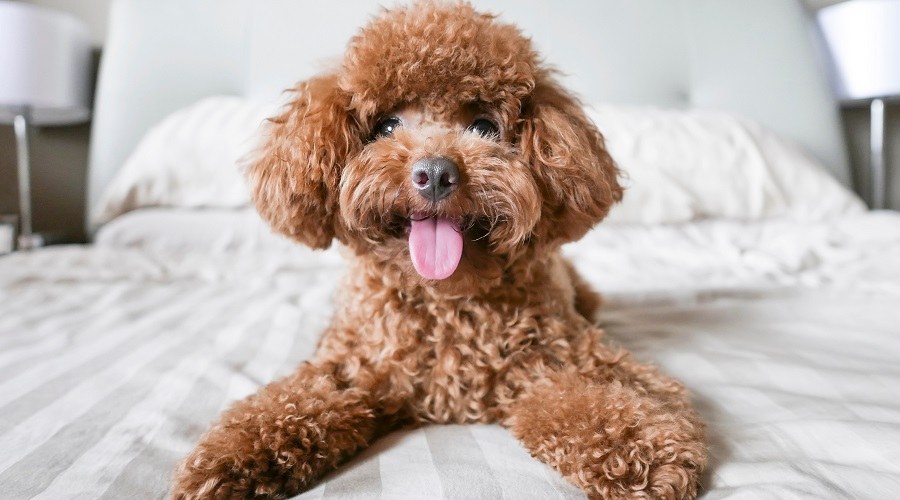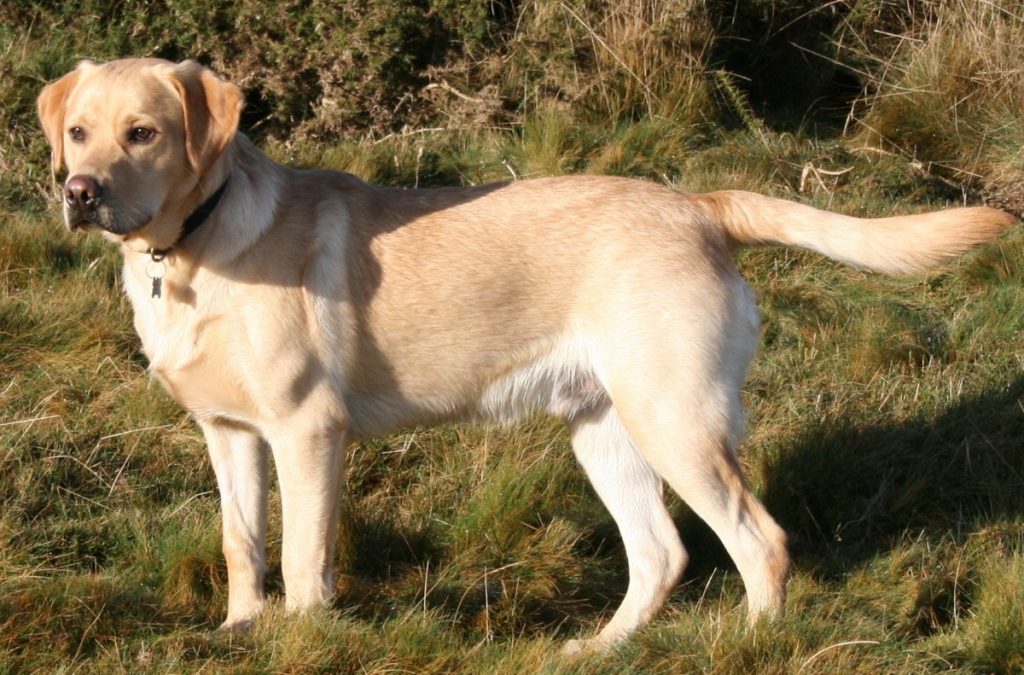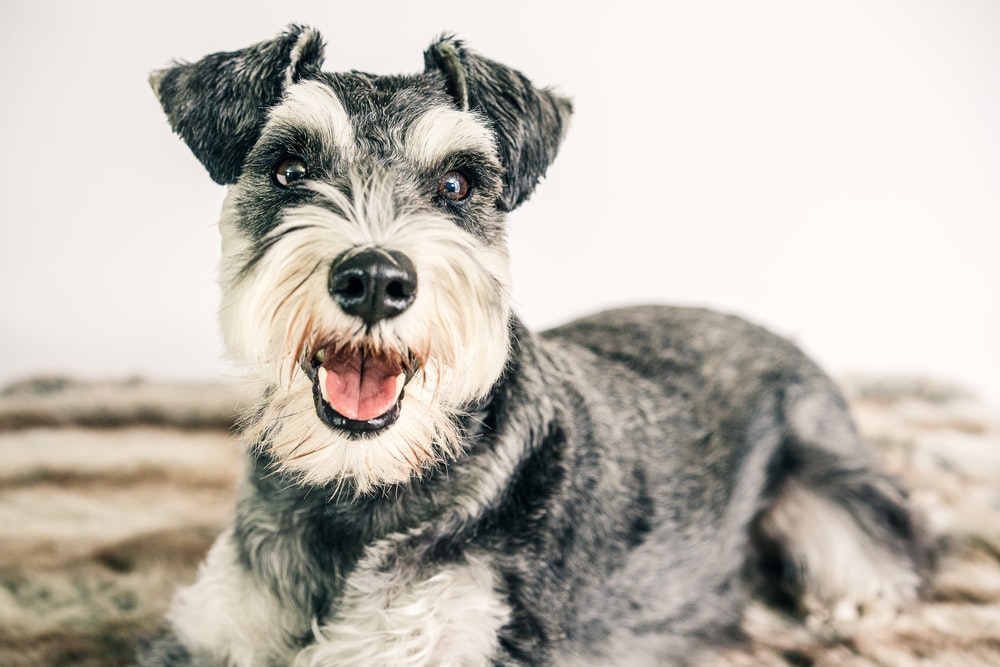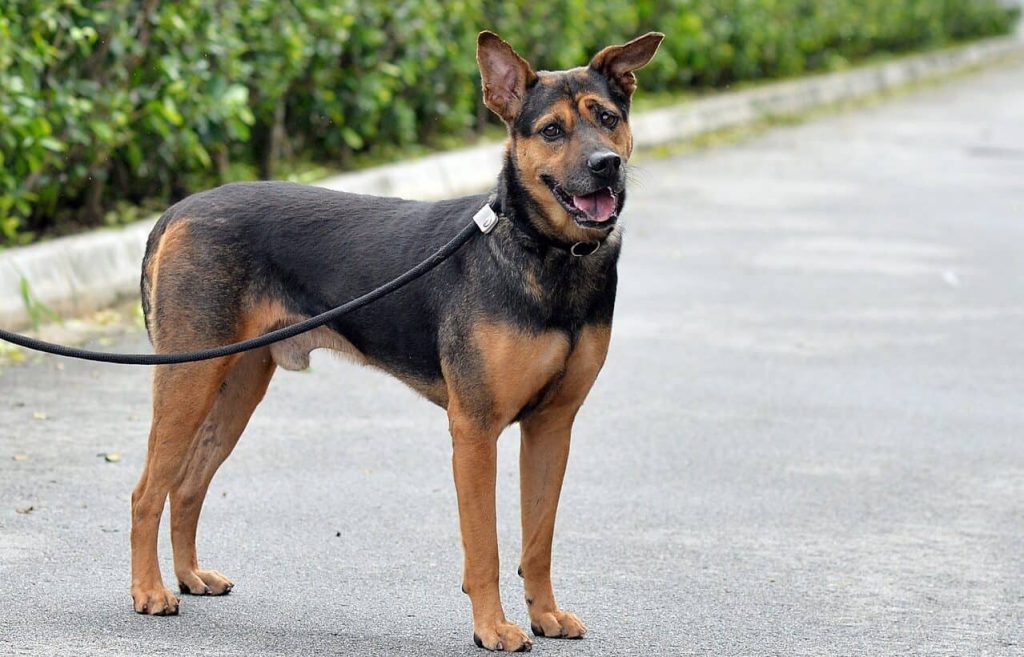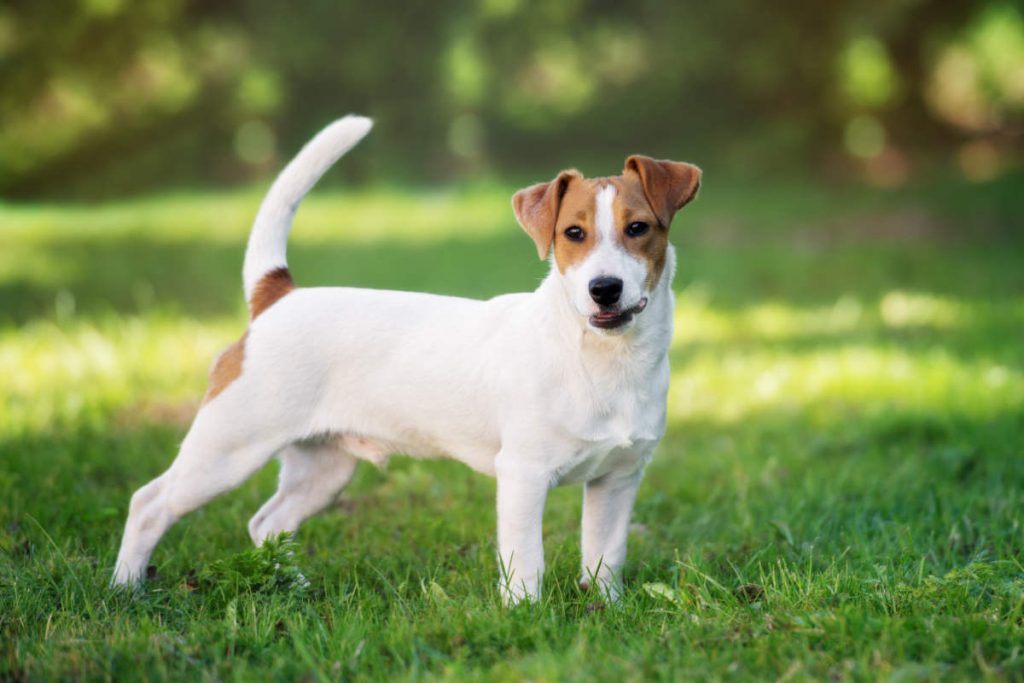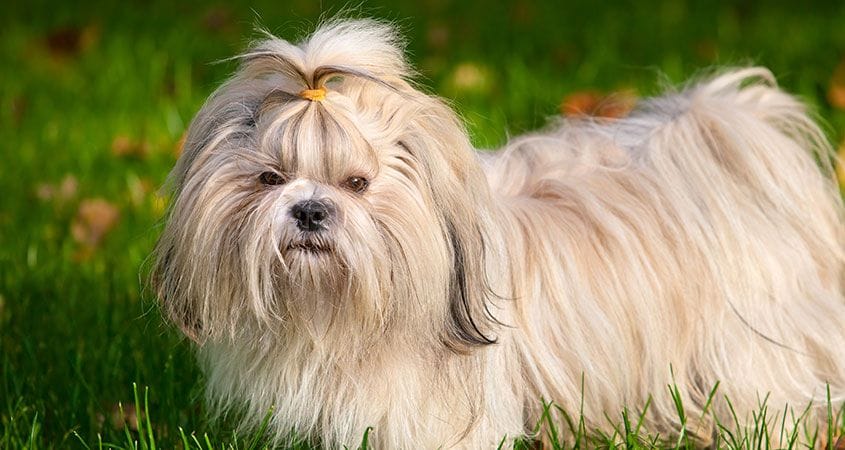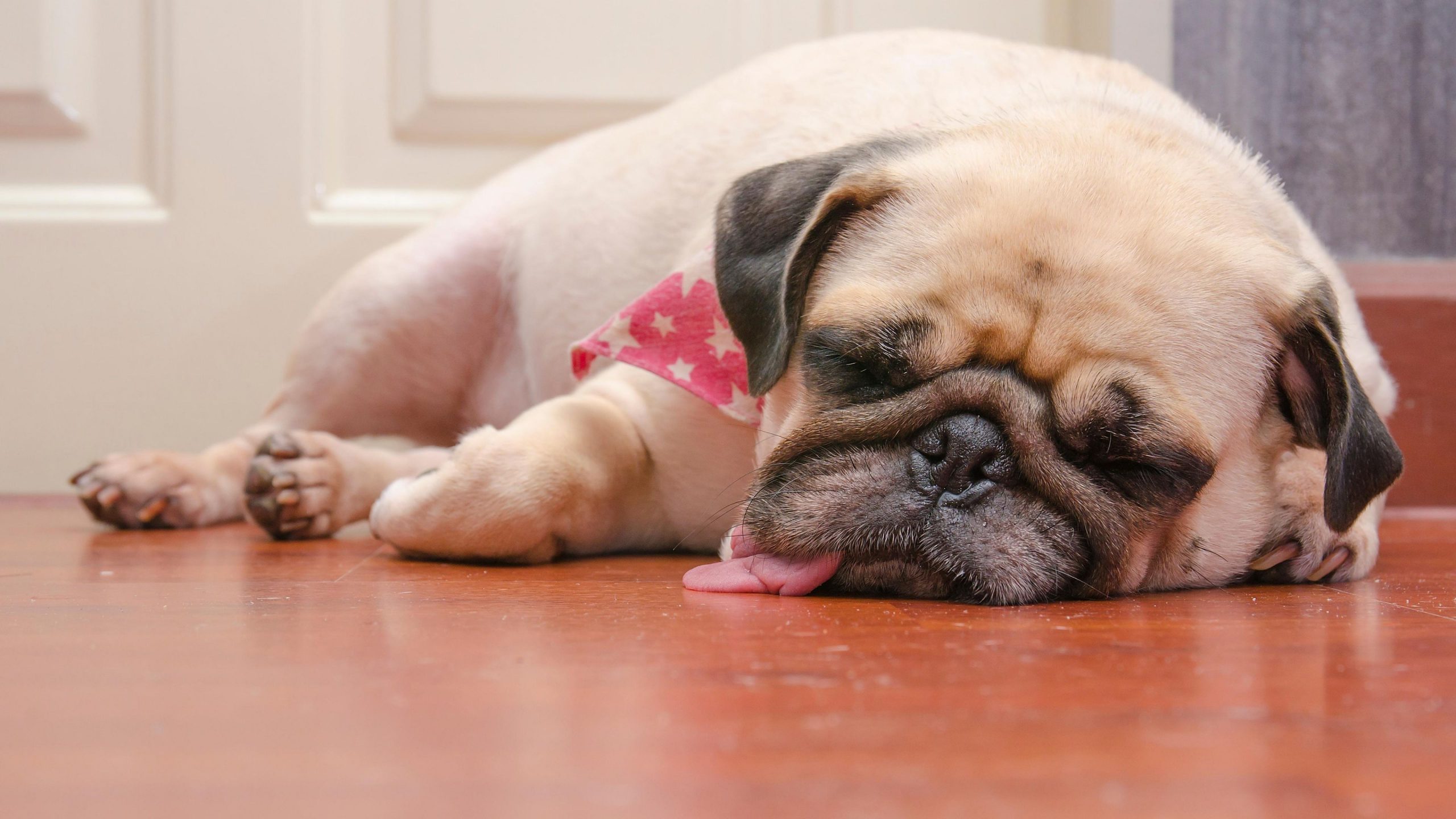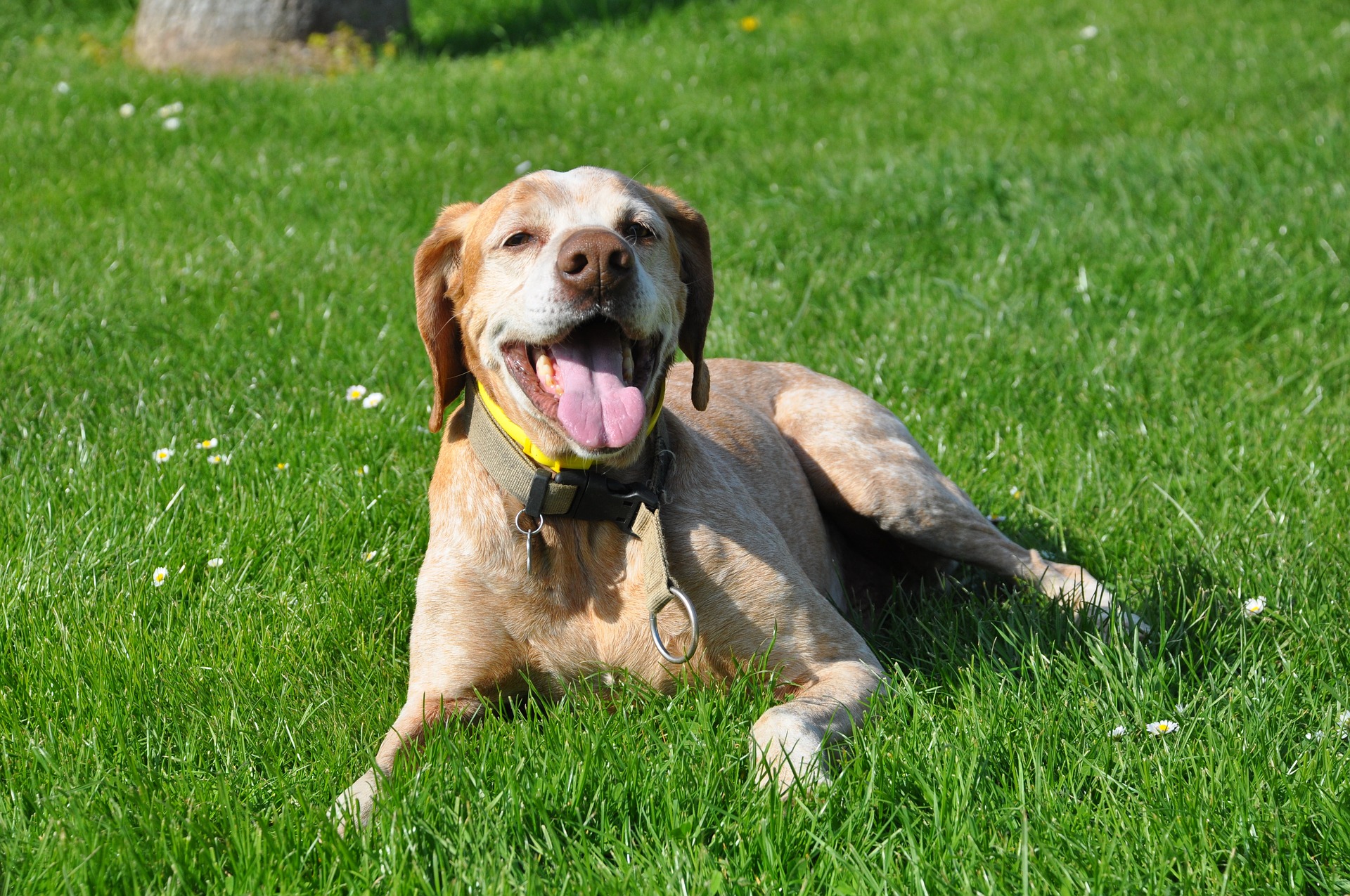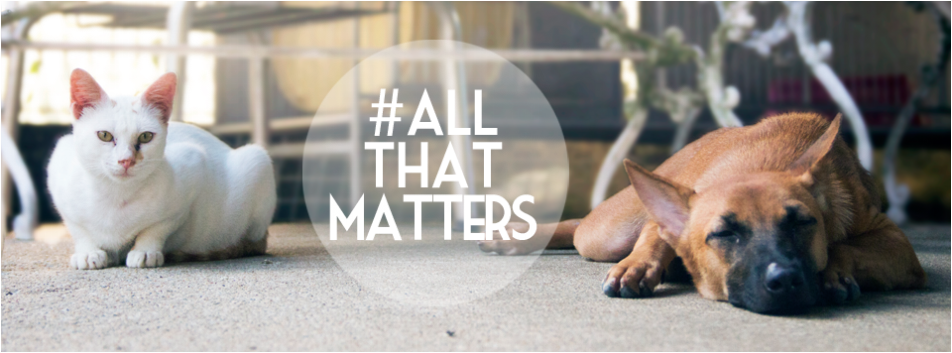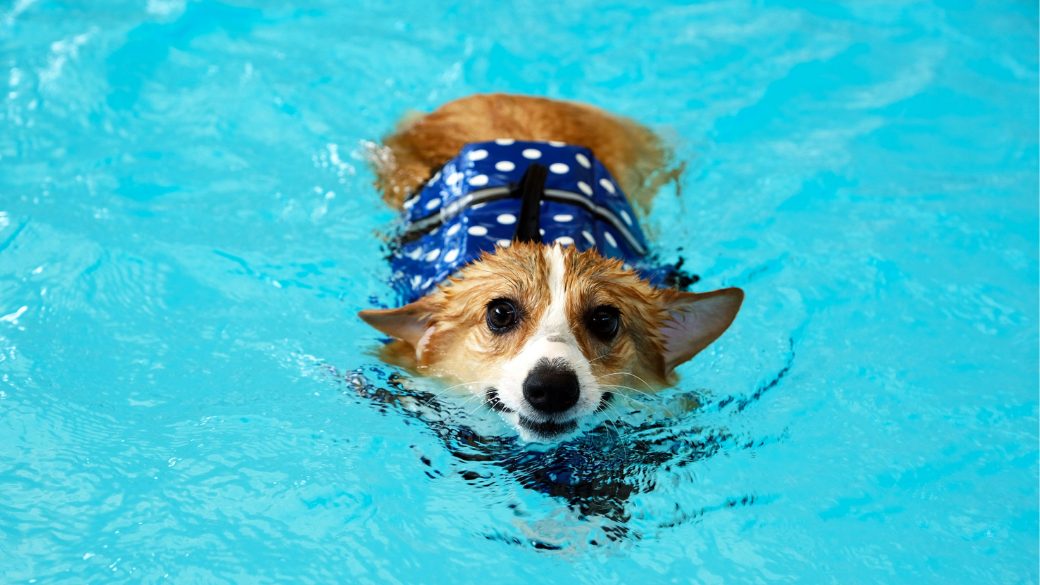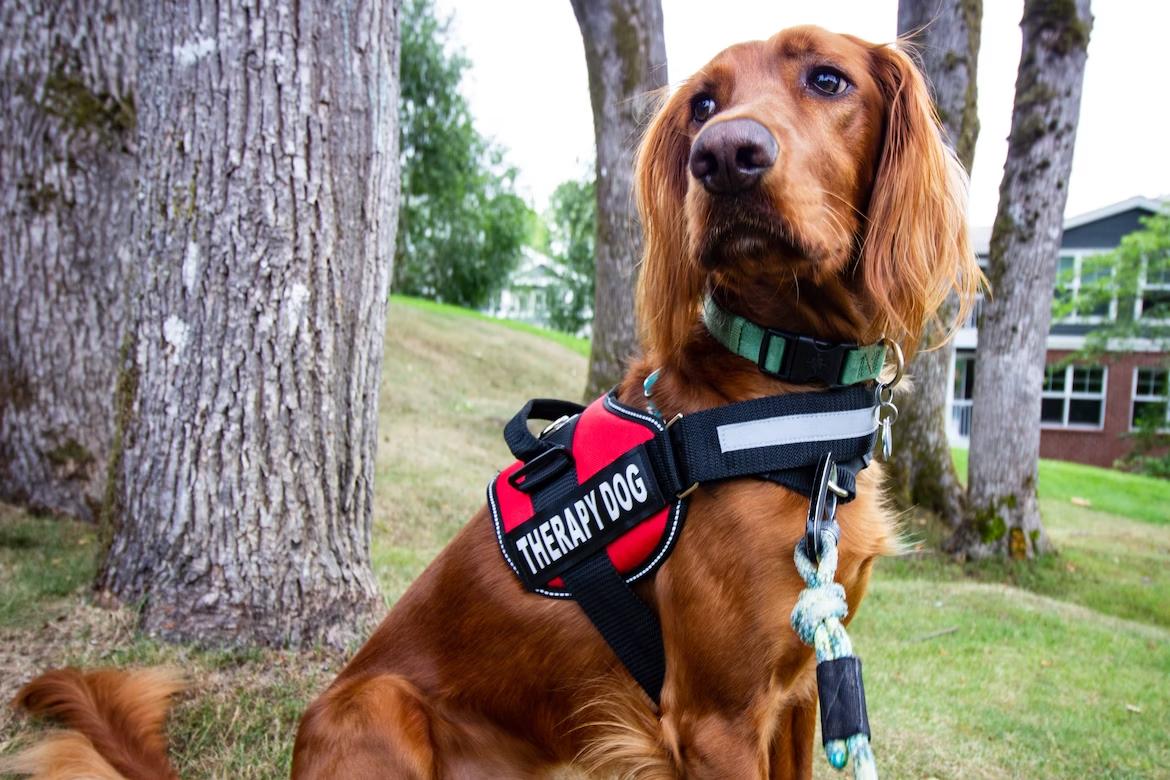
In the bustling city-state of Singapore, where the pressures of modern life can often take a toll on mental well-being, a furry phenomenon has emerged to bring comfort and healing to those in need. Therapy dogs, trained to offer unconditional love and support, are making a remarkable difference in the realm of mental health.
These four-legged companions have become an integral part of various therapeutic programs, community events, and even educational institutions, providing a much-needed respite from stress and anxiety. With their gentle demeanours and innate ability to sense emotions, therapy dogs offer a unique form of solace unreplicable by any medication or therapy session.
This rapidly growing trend is not only transforming the lives of individuals struggling with mental health issues but is also shedding light on the importance of animal-assisted therapy in promoting overall well-being. Join us as we delve into the incredible impact of therapy dogs in Singapore, and discover the profound healing power they bring to the city’s bustling streets.
The Role of Therapy Dogs in Mental Health
The role of therapy dogs in mental health cannot be understated. These specially trained dogs provide emotional support and comfort to individuals dealing with a range of mental health issues. For example, anxiety, depression, PTSD, and autism spectrum disorders are but a few mental health issues therapy dogs help with. Unlike service dogs, who assist individuals with physical disabilities, therapy dogs are provide therapeutic benefits to people in various settings, such as hospitals, schools, nursing homes, and even disaster areas.
Companionship and emotional support
Therapy dogs offer a unique form of companionship that goes beyond what human interaction can provide. Their presence alone can have a calming effect, reducing stress and anxiety levels. Interacting with a therapy dog also results in the release of endorphins, boosts serotonin levels, and lowers blood pressure, all of which contribute to improved mental well-being. These dogs act as a bridge between individuals and the outside world, helping to alleviate feelings of loneliness and isolation.
Social skills
In addition to their emotional support, they also help in the development of important social skills. For children with autism, for example, interacting with a therapy dog can improve communication, empathy, and emotional regulation. These dogs provide a non-judgmental and safe environment for individuals to practice social interactions as well as build self-confidence.
Therapy dogs are not only beneficial to individuals but also to the wider community. Their presence in hospitals, schools, and other public places can create a positive and welcoming atmosphere. They serve as a reminder that mental health is important and that there are resources available for support. Their impact goes beyond the individuals they directly interact with, spreading a sense of compassion and understanding throughout society.
Benefits of Therapy Dogs in Singapore
In Singapore, where the fast-paced lifestyle and high levels of stress are a common reality, therapy dogs have emerged as a source of solace and comfort for many individuals. The benefits they bring to the mental health landscape are manifold.
Stress and anxiety
One of the key benefits of therapy dogs in Singapore is their ability to reduce stress and anxiety. The simple act of petting a dog releases oxytocin, a hormone that helps to lower stress levels and promote relaxation. In a city where stress is often a constant companion, they offer a much-needed respite and a chance to unwind.
Emotional well-being
Therapy dogs also play a vital role in promoting emotional well-being. Many individuals in Singapore struggle with mental health issues but may find it difficult to express their emotions or seek help. Their presence provides a safe and non-judgmental space for individuals to open up and share their feelings. These dogs offer unconditional love and support, creating an environment where individuals feel accepted and understood.
Physical health
In addition to their emotional benefits, therapy dogs improve physical health. Regular interaction with a therapy dog can lower blood pressure, reduce the risk of heart disease, and even alleviate pain. The physical touch and connection with a dog can have a healing effect on the body, promoting overall well-being.
Cognitive function
Moreover, therapy dogs have been found to enhance cognitive function. Studies have shown that interacting with a dog can improve memory, attention span, and problem-solving skills. This is particularly valuable for individuals with cognitive impairments or those recovering from brain injuries. Therapy dogs provide a stimulating and engaging experience that can help to improve cognitive abilities.
Inclusion and bonding
The benefits of therapy dogs extend beyond the individual to the wider community. These dogs help to foster a sense of belonging and connection, bringing people together in a shared experience. Whether in hospitals, schools, or community events, their presence creates a positive and inclusive environment that promotes mental well-being for all.
Therapy Dog Certification and Training
To ensure the effectiveness and safety of therapy dogs, certification and training are essential. In Singapore, therapy dogs need to undergo a rigorous training program to ensure they can provide the necessary support to individuals with mental health issues.
Assessments
The certification process for therapy dogs involves both behavioural and health assessments. Dogs must exhibit a calm and gentle temperament, be comfortable around strangers, and have a good level of obedience. They must also be up to date on vaccinations and undergo regular health checks to ensure they are in optimal physical condition.
Training courses
Once certified, the dogs and their handlers are often required to attend ongoing training and refresher courses. This helps to maintain their skills and ensure they are providing the best possible support to individuals. Training may include exercises to improve obedience, socialization with different environments and individuals, and specific tasks related to the needs of the population they will be working with.
It is important to note that not all dogs are suitable for therapy work. Each individual dog has its own temperament and personality, and not all will thrive in a therapy dog role. It is crucial for organizations and handlers to carefully assess and select dogs that are well-suited to this type of work, considering factors such as breed characteristics, size, and individual temperament.
Organizations and Programs Supporting Therapy Dogs in Singapore
There are several organizations and programs dedicated to supporting therapy dogs and promoting animal-assisted therapy. These organizations work tirelessly to ensure that the dogs are well-trained, certified, and placed in appropriate settings where they can make the most impact.
Therapy Dogs Singapore
One such organization is Therapy Dogs Singapore (TDS). They specialize in training therapy dogs and their handlers, providing them with the necessary skills to work in a variety of environments, from hospitals to schools. Therapy Dogs Singapore also conducts outreach programs and awareness campaigns to promote the benefits of therapy dogs and reduce the stigma surrounding mental health.
Animal Assisted Interactions Singapore
Another notable organization is Animal Assisted Interactions Singapore (AAISG). They provide animal-assisted therapy services to individuals with various disabilities and mental health conditions. Animal Assisted Therapy Singapore works closely with trained dogs and their handlers to deliver customized therapy sessions that cater to the specific needs of each individual.
Hospitals, schools and community centres
In addition to these organizations, several hospitals, schools, and community centres have incorporated therapy dog programs into their services. These programs allow individuals to interact with therapy dogs in a safe and controlled environment, providing them with the emotional support and comfort they need.
The support and collaboration of these organizations and programs are instrumental in ensuring the success and sustainability of therapy dog initiatives. By working together, they are able to reach a wider audience and make a greater impact on the mental well-being of individuals in the community.
How to Get Involved with Therapy Dogs in Singapore
If you seek to involve yourself with therapy dogs, there are several avenues you can explore. Whether you want to become a therapy dog handler, support therapy dog organizations, or simply experience the benefits of therapy dogs first-hand, there are opportunities available for everyone.
Becoming a therapy dog handler
If you have a dog that you believe would make a good therapy dog, you can consider becoming a therapy dog handler. This involves training your dog and yourself to meet the requirements set by therapy dog organizations. You will need to undergo certification and training programs to ensure you are equipped with the necessary skills to provide support to individuals in need.
Volunteering with therapy dog organizations
If you don’t have a dog or are unable to become a therapy dog handler, you can still contribute by volunteering with therapy dog organizations. These organizations often rely on volunteers to assist with various tasks, such as organizing events, raising awareness, and supporting therapy dog sessions. Volunteering can be a rewarding way to make a difference in the lives of individuals struggling with mental health issues.
Participating in therapy dog programs
Many hospitals, schools, and community centres in Singapore offer therapy dog programs that are open to the public. These programs allow individuals to interact with therapy dogs in a safe and controlled environment. Participating in these programs can provide a first-hand experience of the benefits of therapy dogs and help to promote mental well-being.
Supporting therapy dog organizations
If you are unable to volunteer or participate directly with therapy dogs, you can still support therapy dog organizations by making donations or spreading awareness. These organizations rely on financial support to continue their important work, and every contribution makes a difference.
Before getting involved with therapy dogs in Singapore, it is important to research and connect with reputable organizations that prioritize the well-being of both dogs and individuals. By working with established organizations, you can ensure that you are making a meaningful and ethical contribution to the therapy dog community.
Challenges and Considerations in Using Therapy Dogs in Mental Health
While therapy dogs have proven to be highly effective in promoting mental well-being, there are also challenges and considerations to take into account when integrating them into mental health programs.
Training and support
One challenge is the need for ongoing training and support for therapy dog handlers. It is essential that handlers have a deep understanding of the specific needs of individuals they are working with and are able to provide appropriate support. Regular training and supervision ensure that therapy dog handlers have the necessary knowledge and skills to address various situations.
Allergies and sensitivities
Another consideration is the potential for allergies and sensitivities. While therapy dogs are generally hypoallergenic breeds, some individuals may still have allergies or sensitivities to dogs. It is important to take these factors into account and provide alternative forms of support for individuals who are unable to interact with therapy dogs directly.
Well-being of the therapy dogs
Additionally, the well-being of therapy dogs must be a top priority. These dogs are providing an invaluable service, and it is essential that their physical and emotional needs are met. Adequate rest, regular veterinary care, and a supportive environment are crucial for therapy dogs to thrive and continue to provide effective support to individuals.
Compatibility
Finally, the integration of therapy dogs into mental health programs requires careful planning and consideration. It is important to assess the needs of the population and determine how therapy dogs can best complement existing treatments. Collaboration between mental health professionals and therapy dog handlers is key to integrating therapy dogs in a way that maximizes their impact and supports the overall goals of the program.
The Future of Therapy Dogs in Singapore
The future of therapy dogs in Singapore is promising. As awareness of the benefits of therapy dogs continues to grow, so does the demand for their services. The city-state is increasingly recognizing the value of animal-assisted therapy in promoting mental well-being and is taking steps to integrate therapy dogs into various sectors.
Schools
One area in which they are expected to play a larger role is in schools. Singaporean schools are recognizing the positive impact that therapy dogs can have on students’ emotional well-being and are exploring ways to incorporate them into the education system. They can help create a nurturing and inclusive environment where students feel supported and valued.
Healthcare
Another area of growth is in the healthcare sector. Hospitals and healthcare facilities are increasingly incorporating therapy dog programs into their services, recognizing the benefits that they bring to a patient’s recovery and well-being. Therapy dogs help to create a more positive and healing environment, reducing stress and anxiety for patients and their families.
Community outreach programs
In addition to schools and healthcare facilities, therapy dogs are also expected to play a larger role in community outreach programs. These programs aim to raise awareness about mental health and provide support to individuals in need. They can act as ambassadors, helping to break down barriers and reduce the stigma surrounding mental health.
As therapy dogs become more integrated into society, it is important to continue conducting research and evaluating their effectiveness. This will help to further refine therapy dog programs and ensure that they are providing the best possible support to individuals with mental health issues.
Conclusion
Therapy dogs are making a remarkable difference in the realm of mental health. These four-legged companions offer unconditional love and support, providing a unique form of solace difficult to replace. With their gentle demeanours and innate ability to sense emotions, they are transforming the lives of individuals struggling with mental health issues and shedding light on the importance of animal-assisted therapy in promoting overall well-being. As this rapidly growing trend continues to gain momentum, therapy dogs are becoming an integral part of Singapore’s mental health landscape, bringing comfort and healing to the city’s bustling streets.

































